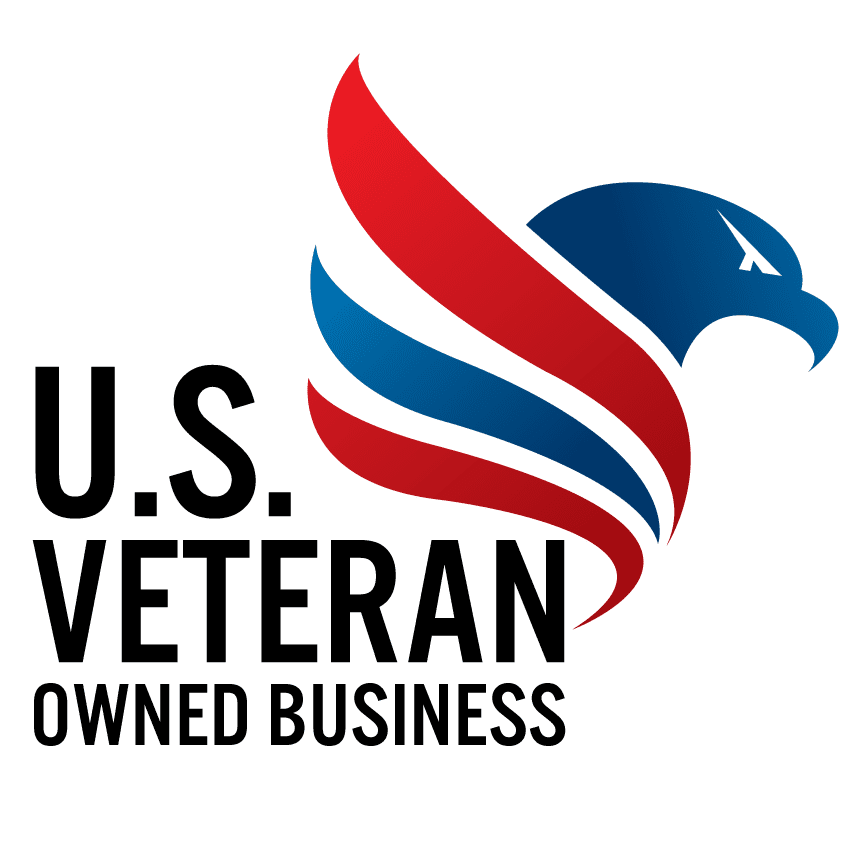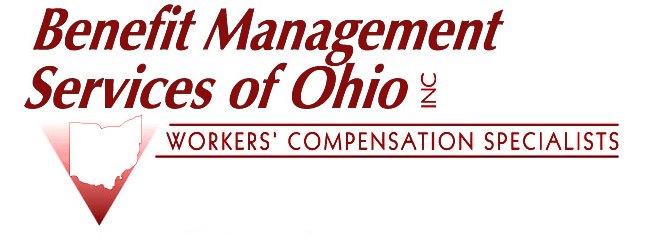
TOGA Benefits LLC

Helping Business Grow

Workers' Compensation

Risk Management
Contact Benefit Management Services of Ohio to assist you with your risk management. Email us at bcarr@bmsoinc.com, or call us at (330) 856-6270, and request a consultation or fill out the form below.
RISK MANAGEMENT SERVICES FOR BUSNESS AND INSURANCE
Who is BMSO, Inc?
Benefit Management Services of Ohio, Inc, (BMSO, Inc.) is a multifaceted, technologically advanced employee benefits service company. BMSO, Inc. enjoys a reputation for providing the highest quality, most efficient and cost-effective services available.
Our innovative and aggressive risk management services utilize highly effective technical services to assist our clients in controlling and managing work related injuries and the related costs.
BMSO, Inc. is committed to quality service, providing complete cost effective employee benefit programs through superior service. We are committed to providing a comprehensive, common sense approach to our client’s risk management programs. At the same time, our expertise and quality cost/claims management of workers’ compensation and unemployment compensation programs allow us the opportunity to form lasting partnerships with our clients.
In addition to risk management consultation services, BMSO, Inc. offers workers’ compensation and unemployment compensation claims management. BMSO, Inc. offers a wide variety of group and individual health care plans specifically designed to meet the needs of our clients.
BMSO, Inc. develops workers’ comp group rating programs on behalf of The Ohio Growth Association, Inc. and numerous chambers of commerce and trade associations throughout Ohio.
What can you expect?
BMSO, Inc. provides employers with a common sense approach to developing, managing and enforcing your company’s risk management program through a comprehensive review and analysis of policies, procedures and risk assessments.
· MAXIMIZE COMPANY PROFITS
· REDUCE ACCIDENT FREQUENCY RATES
· REDUCE WORKERS’ COMPENSATION
COSTS
· REDUCE LIABILITY & EXPOSURE
2 Hour to 40 Hour Safety Training Courses
Our training classes provide you the
ability needed to:
- Identify and assess hazards
- Determine Abatement methods
- Understanding compliance to OSHA Standards
- How to manage a safety program
Certificates of completion are provided
after each course.
BWC Group Rating Training
BMSO provides the BWC required two hour training forums for The Ohio Growth Association group rating programs. This annual two hour training program is required of all participants in group rating. OBWC requires all employers with “green year” or the previous year, claim to complete two hours of safety training by June 30, 2017. BWC requires participation if the employer has a claim within the past two years, regardless of the cost or severity of the claim.
Safety Compliance
Audits
- Recordkeeping
- OSHA 300 logs
- Accident forms
Development of Safety
Policies and Procedures
Total Risk Management
Evaluations for Business and
Insurance Industries
OSHA Required Safety
Training Programs
Accident Investigations
Safety will pay!
Training Programs
- Accident Investigation Procedure
- Bloodborne Pathogens
- Care & Protection of Abrasive Grinding Wheels
- Compressed Gas Cylinders
- Confined Space Entry Procedures
- Control and Containment of Asbestos Containing Materials
- Crane & Hoist Safety
- Drug Free Safety Program Training
- Electrical Safety
- Environmental Site Assessments
- Emergency Eyewash/Shower Stations
- Eye, Face and Head Protection
- General Safety Principles
- Hazard Communications
- Hearing Conversation Testing & Training
- Hydraulic Mobile Crane Operations
- Industrial Hygiene Monitoring
- Labor-Management Safety Committee
- Laser Safety
- Lock, Tag, Try Procedure
- Medical Services and First Aid
- Mobile Crane Operations
- Modified Duty
- Noise Level Monitoring
- Occupant Protection in Motor Vehicles
- OSHA Form 300 Recording
- OSHA Inspections
- OSHA Required Safety Training
- Piping Content Identification
- Portable Fire Extinguishers
- Powered Industrial Trucks
- Pre-Job Meeting Checklist Procedure
- Respiratory Protection
- Remote Site Accident Investigation
- Safety Disciplinary Program
- Safe Driving Programs
- Safety Indoctrination For New And Transferred Employees
- Sleep Apnea Testing & Training
- Scaffold Requirements
- Supervisor’s Monthly Safety Meeting
- Tool Safety
- Working in Elevated Places
Essentials of Risk Management Programs
Implementation of an effective risk management program can reduce and control accident frequency and severity rates as well as reducing related workers’ compensation expenses. Include the following basics in your risk management program and your company and your employees will benefit from implementing these steps:
Develop a Written Safety and Health Policy:
The policy should be signed by a top company official and express the employer’s commitment to workplace safety and health. It should outline responsibilities for managers, supervisors, team leaders and employees. All new hires should be provided with a copy to reinforce the importance of safety in the work place. Posting the policy in common areas and/or including it with payroll checks once a year will ensure that all employees are aware of the company’s commitment to safety.
Visible Senior Management Leadership:
Lead by example. Safety should be emphasized by the highest levels of management from the Company president down to the first line supervisors. Safety should be discussed at all levels of staff meetings and board of directors meetings to show the commitment made by the organization. Senior management should attend training sessions and conduct safety audits in their departments. First line supervisors should conduct accident investigations and participate in new hire safety orientation. By taking the lead, management ensures that safety is, in fact, a company commitment.
Employee Involvement and Recognition:
If a company understands when and why employees are at risk, they can more easily prevent injuries. This is why it is important to involve and recognize the workforce. Safety committees are a good option but they are not effective in all workplaces. Another way to involve employees is with risk surveys. For instance, if fire prevention is a concern, employees could be asked to identify: missing extinguishers, inappropriate storage containers, or potential ignition sources. The employees could use an inspection card that they turn in to the human resource department. Employees that identify any target hazards can be publicly recognized for their involvement. The following month, a survey card on a different topic such as ergonomic hazards could be distributed. Recognition for participating in such activities will encourage greater employee involvement and an abundance of ideas.
Safety Communication:
Distribution of a safety and health policy or a risk survey are examples of safety communication efforts. However, as the old cliché goes, communication is the key to success, so additional communication may be necessary. For instance, communication regarding whether or not important safety activities are being performed will ensure that the activities are actually performed. Such activities may include: timely reporting of injuries and management attendance at training sessions.
Orientation and Training:
When new employees are hired, the need to make them productive requires that safety orientation be performed quickly. After a quick video and some brief instruction from a supervisor, employees are often put to work without proper knowledge of the risks they face or the safe work rules. Orientation should be job specific and documented. By focusing on job specific hazards, the orientation can still be performed quickly and will be more effective. Plus, job specific training allows for better enforcement of safe work practices. If the employee signs off on a job-specific safety orientation form, they can be held accountable for following the job-specific safety requirements. Annual or refresher training can also be made more effective and efficient by developing a training matrix that identifies all the training to be provided by topic and by job title. Again, if the training content is specific to the workplace, the right people can quickly be provided the right information.
Documented Safe Work Practices:
Distribution of a safety and health policy or a risk survey are examples of safety communication efforts. However, as the old cliché goes, communication is the key to success, so additional communication may be necessary. For instance, communication regarding whether or not important safety activities are being performed will ensure that the activities are actually performed. Such activities may include: timely reporting of injuries and management attendance at training sessions.
Safety Program Coordination:
While safety should be everyone’s job, it’s a great idea to have an individual that can coordinate and execute the organization’s risk management program. This individual should be responsible for continuing education programs, researching and looking for the latest most effective issues in risk management. The Safety Program Coordinator should bring what they learn back to the organization and work with other employees to improve the program. They could also be the point of contact for all employee safety concerns/suggestions.
Early Return to Work:
To control workers’ compensation expenses, it is important to bring injured workers back in a productive capacity as quickly as medically appropriate. Employees that transition back to work on modified duty before they are fully recovered have been known to heal faster. Injured worker restrictions, which are provided by the employees’ physician, should never be exceeded. Combined with other cost containment measures such as wage continuation while the employee is off, an early return to work will reduce the cost of the claim and as a result reduced premium. The injured worker should know that the company is concerned about the employees’ recovery. Keep in regular contact with the employee. Stay in touch and stay informed. Discuss alternate jobs with the injured employee and always communicate offers to return to work via certified mail.
Internal Program Verification:
The company’s risk management program either improves workplace safety or it does not. The risk management program must be evaluated at least annually to determine the effectiveness of the program requirements. Most organizations measure incidents and/or lost work days with a goal to have a decrease of both compared to the prior year. While these measures and goals are essential to showing an improvement in workplace safety, it is also important to measure program activities such as the number of audits or safety committee meetings completed. Goals could easily be set for each. For instance the Safety Program Coordinator could require that an audit of each department be completed once a month. The safety committee could be required to meet ten times a year. Lastly, the labor workforce’s acceptance of the risk management program is an absolute necessity.
OSHA Required Programs and Training:
There are required OSHA written programs as well as required OSHA training for employers. The requirements will vary from employer to employer based on the type of operations. If you are unsure of your specific requirements, it may be a good idea to have a safety professional assess your day to day operations and provide you with and outline of the programs you need as well as the types of training your employees will require. Not only will this satisfy the OSHA requirements but will also strengthen your safety program and hopefully reduce injuries.
Contact BMSO About Risk Management
We will get back to you as soon as possible.
Please try again later.
CONTACT US
Ph#:
(330) 719-9066
(330)-719-5469
email: info@togabenefits.com
email: ron@togabenefits.com
Address: 400 Niles Cortland Rd. SE Suite G
Warren, OH 44484
USEFUL LINKS
STAY INFORMED
Subscribe
We will get back to you as soon as possible
Please try again later

